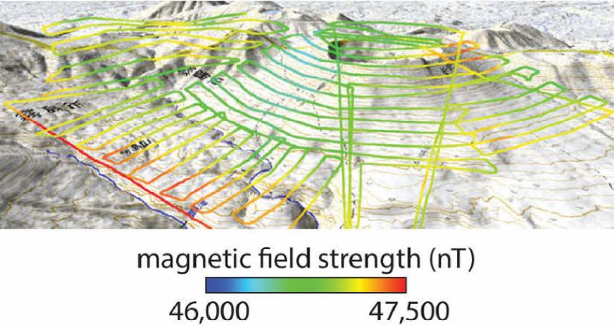Volcanological applications of unoccupied aircraft systems (UAS): Developments, strategies, and future challenges

James M.R., B.B. Carr, F. D’Arcy, A.K. Diefenbach, H.R. Dietterich, A. Fornaciai, E. Lev, E.J. Liu, D.C. Pieri, M. Rodgers, B. Smets, A. Terada, F.W. von Aulock, T.R. Walter, K.T. Wood, E.U. Zorn (2020).
Volcanica, 3/1, 67 – 114, doi: 10.30909/vol.03.01.67114.
Abstract
Unoccupied aircraft systems (UAS) are developing into fundamental tools for tackling the grand challenges in volcanology; here, we review the systems used and their diverse applications. UAS can typically provide image and topographic data at two orders of magnitude better spatial resolution than space-based remote sensing, and close-range observations at temporal resolutions down to those of video frame rates. Responsive deployments facilitate dense time-series measurements, unique opportunities for geophysical surveys, sample collection from hostile environments such as volcanic plumes and crater lakes, and emergency deployment of ground-based sensors (and robots) into hazardous regions. UAS have already been used to support hazard management and decision-makers during eruptive crises. As technologies advance, increasing system capabilities, autonomy and availability, supported by more diverse and lighter-weight sensors, will offer unparalleled potential for hazard monitoring. UAS will provide opportunities for pivotal advances in our understanding of complex physical and chemical volcanic processes.
https://www.jvolcanica.org/ojs/index.php/volcanica/article/view/48


Devi effettuare l'accesso per postare un commento.